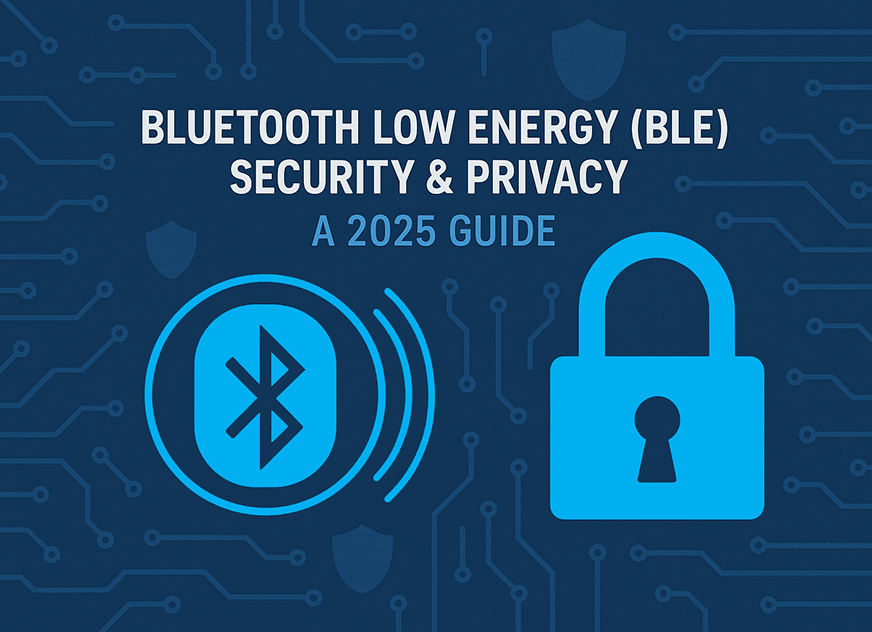
It’s been just over a year since Bluetooth v4.1 was adopted and right at the end of 2014 the Bluetooth SIG has announced the adoption and release of Bluetooth 4.2 which once again improves Bluetooth Low Energy with significant improvements. These improvements really help the performance and the security of Bluetooth Low Energy. So let’s go over the new features one by one:
LE Data Packet Length Extension
Bluetooth LE in the Bluetooth 4.1 and 4.0 specifications used a Protocol Data Unit limited to 39 bytes. The new specification allows up to 257 bytes in the packets which is a huge increase in data that can be sent. Bluetooth LE devices communicate by sending data back and forth. The larger packet length allows for more data with less response, increasing the efficiency significantly for every connection event.
This feature is very useful in firmware updates, sensor data download and other cases where there’s a lot of data to be sent over. What’s interesting is that it shows that Bluetooth has moved away from the original idea of just sending small amounts of sensor data to a full fledged communication protocol where sending significant amounts of data is
LE Secure Connections
Some time ago, the security of Bluetooth has been broken. The issue was in the key exchange in Bluetooth LE – the designers opted for a custom key exchange mechanism which was not workable instead of using cryptographically known mechanisms. LE Secure Connections revamps the connectivity of Bluetooth LE devices to use elliptical curve Diffie-Helman key exchange which is a proven industry standard. To avoid breaking compatibility,
Link Layer Privacy
Privacy in BLE means that the device address is generated based on a key in a way that it appears random to any device, except for the devices that have connected and bonded with that device. This makes tracking any device much more difficult, compared to Bluetooth Classic where a fixed MAC address was used allowing for easy tracking.
While Bluetooth LE introduced Privacy features in the Bluetooth 4.0, those features were implemented at the Host level, which meant significantly more power consumption.
Link Layer Privacy moves the privacy features down to the link layer which makes privacy more efficient and lowers power consumption by avoiding waking up the host every time.
Link Layer Extended Scanner Filter Policies
Filter policies that enable Bluetooth LE devices to process advertising packets and filter them before being sent to the higher layers helps lower power consumption by removing advertising packets that shouldn’t be processed. These updated policies allows the link layer to still respond to resolvable private addresses.
Summary
We’re very excited about this new specification because it resolves quite a few pain points when designing with BLE. The new changes in Bluetooth 4.2 enable a faster and more secure and private experience. The new specification is practically a must for any product developer because it fixes a security gap and enables a significant amount of data to be transferred compared to previous specifications.








